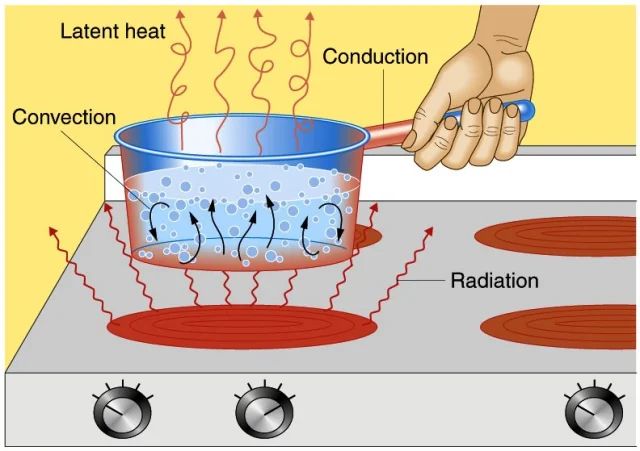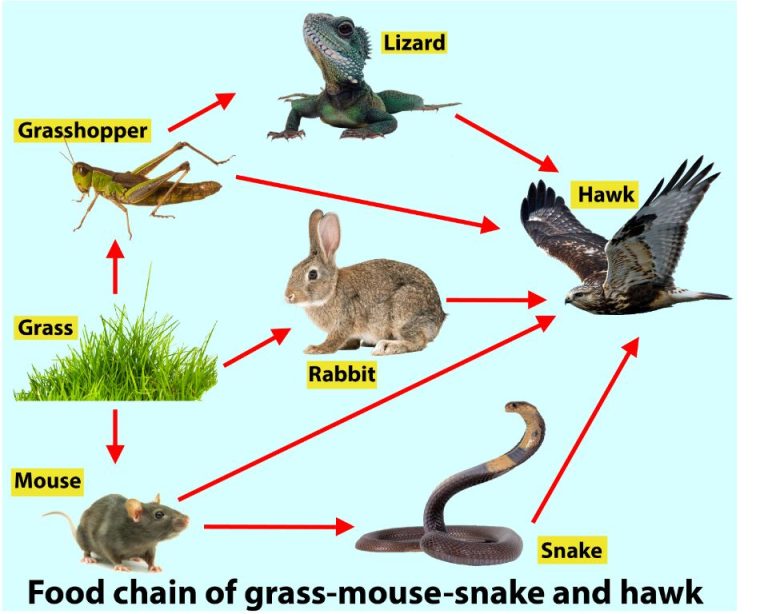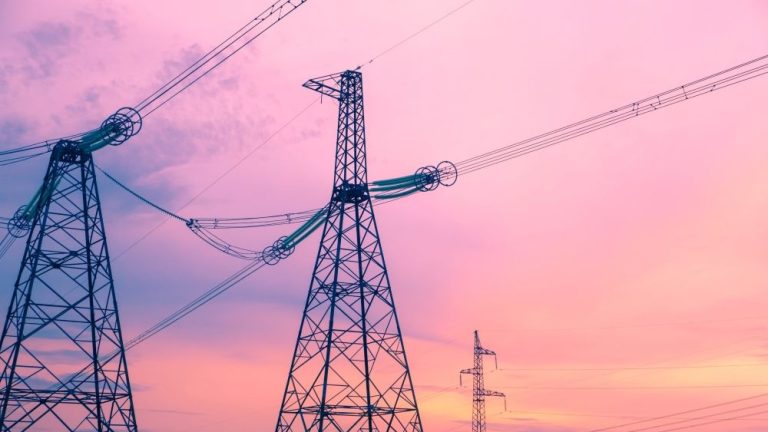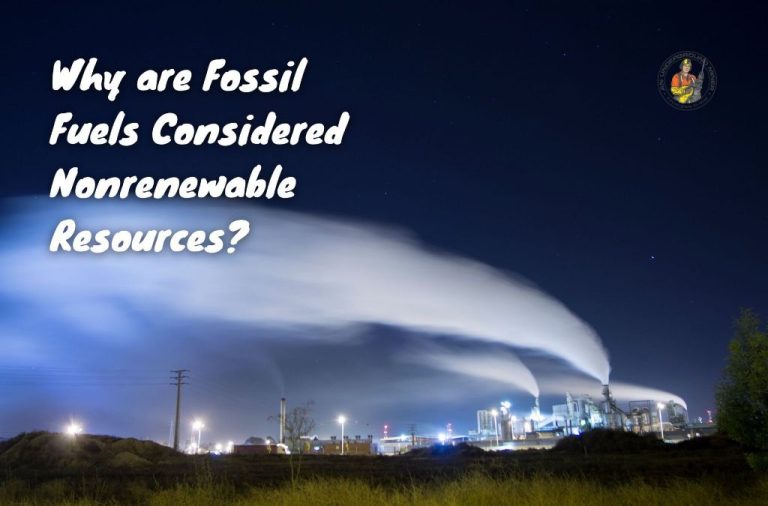How Can We Generate Electricity Off The Grid?
Off-grid electricity generation refers to producing electricity from sources that are not connected to a traditional large-scale power grid. Instead of relying on the centralized infrastructure of power plants, transmission lines, and distribution systems, off-grid systems generate power on-site to meet local needs. Going off-grid can provide energy access in remote areas, increase self-sufficiency, and reduce environmental impact for some users.
There are several renewable energy technologies suitable for off-grid power generation. This article will provide an overview of the most common options, including solar photovoltaics, small wind turbines, micro hydropower, biomass systems, and geothermal power. We will explore the unique advantages, considerations, and costs associated with each technology. With thoughtful system design and proper equipment maintenance, these technologies can provide reliable and sustainable off-grid electricity solutions.
Solar Power
Solar panels convert sunlight into electricity using photovoltaic cells made of silicon semiconductor materials. When sunlight hits the cells, it knocks electrons loose from the atoms, allowing the electrons to flow through the material and produce electricity. The panels are made up of many individual solar cells wired together to boost the voltage.
The power output of a solar panel depends on its size, efficiency rating, and the amount of sunlight available. Typical residential systems range from 2-8 kilowatts and can generate 7,000-14,000 kilowatt hours per year. Larger utility-scale solar farms can generate hundreds of megawatts.
To install a solar system, the panels are mounted on racks or rooftops oriented toward the sun. They are wired to an inverter which converts the DC power to standard AC electricity that can power lights and appliances. A meter tracks energy usage and any excess is fed back to the grid. Batteries can also store extra energy for use when the sun isn’t shining.
The cost of a solar system ranges from $10,000-$30,000 for a typical home installation after tax credits and incentives. Larger commercial systems are more expensive. Prices have dropped significantly in recent years, making solar more affordable and accessible. The systems typically pay for themselves within 10 years.
Wind Turbines
Wind turbines harness the power of the wind to generate electricity. They typically consist of tall towers with large blades that spin as the wind blows. The kinetic energy from the rotating blades drives an internal electrical generator to produce power.
There are two main types of wind turbines – horizontal axis and vertical axis. Horizontal axis turbines are the most common and have blades that spin perpendicular to the ground. Vertical axis turbines have blades that spin parallel to the ground.
For home use, small wind turbines can be installed on-site to supplement other renewable sources. Larger utility-scale wind farms consist of many large turbines and can produce significant amounts of electricity for the grid. The power output depends on the turbine size and wind speeds in the area.
Factors like upfront costs, energy needs, location, and policies determine if wind turbines are a viable option. Installation costs can range from a few thousand dollars for small turbines up to millions for industrial scale. Productivity is site-specific based on average wind speeds and potential obstructions.
Overall, wind turbines provide a renewable alternative to generate electricity with minimal ongoing costs after installation. With sufficient wind resources and proper placement, turbines can provide clean power for homes or contribute significantly to the overall energy grid.
Micro Hydropower
Micro hydropower is a small-scale form of hydroelectric power that utilizes flowing water, such as from a stream or small river, to generate electricity. It works by diverting some of the water flow through a pipe or channel that leads to a water turbine. As the water flows through the turbine, it causes the turbine blades to rotate. This rotational motion spins a generator to produce electricity.
The amount of electricity that can be generated depends on the vertical drop of the water as well as the water flow volume. Even small waterfalls or flows can produce enough electricity for a single home or small community. Micro hydropower systems typically generate up to 100 kilowatts of power.
Micro hydropower has some key advantages:
- It utilizes a renewable, constantly flowing energy source.
- Once installed, micro hydropower provides continuous baseload power.
- It does not require any fuel.
- It produces clean, emission-free electricity.
The main costs of micro hydropower projects include the turbine, generator, pipes and associated electronics and installation components. The civil works like channels, pipelines and water storage may also be significant costs. Overall system costs can range from $1,000 – $20,000 depending on the site conditions, system size and whether existing infrastructure can be utilized.
Micro hydropower systems require a reasonably constant flow of water as well as an adequate vertical drop or water pressure. Hilly and mountainous regions often provide ideal topography for micro hydropower. Maintenance requirements are relatively low but do include keeping the system components well maintained and the water intake cleared of debris.
Biomass Power
Biomass power is generated by burning organic matter such as wood, agricultural waste, or municipal solid waste. The heat from burning this biomass fuel is used to create steam that spins a turbine to generate electricity. Biomass power provides a renewable energy source as the organic materials can be regrown or replenished.
The costs of biomass power depend on the fuel source. While wood chips and agricultural waste are lower cost, municipal solid waste conversion can be more expensive. In general, biomass power costs 4-7 cents per kWh for large plants over 50 MW capacity. Smaller scale plants under 10 MW can cost up to 15 cents per kWh.
Biomass power plants in the 10-50 MW range generate 25-50 MW on average. Larger plants over 50 MW may produce 100-200 MW. The generating capacity depends on the amount and energy density of the biomass fuel supply.
Common biomass fuels are wood, crops, manure, and trash. Wood sources include forest residues, sawmill waste,urban wood waste, and dedicated energy crops like fast growing trees and grasses. Crops can include corn, soybeans, Jatropha, switchgrass, and more. The wide variety of biomass feedstocks provides flexible options for power generation. Municipal solid waste is increasingly used for conversion to electricity after sorting and removal of non-burnable materials.
Geothermal Power
Geothermal power utilizes the natural heat trapped underneath the earth’s surface to generate electricity. This technology relies on accessing underground reservoirs of hot water or steam and bringing it to the surface to turn electricity-generating turbines. There are three main types of geothermal power systems:
- Direct geothermal – Uses natural steam or hot water from underground to directly run a turbine generator.
- Flash steam – Pulls deep, high-pressure hot water into lower pressure tanks, causing it to vaporize into steam to drive a turbine.
- Binary cycle – Transfers heat from geothermal hot water to another liquid, which boils at a lower temperature and vaporizes to run the turbines.
Geothermal power output depends on the temperature and volume of recoverable hot water or steam, but geothermal plants generally have power capacities ranging from 1-60 megawatts. They can generate stable baseload power with capacity factors over 90% since the earth’s heat is continuously available. The upfront installation costs tend to be high at $2-5 million per megawatt of capacity, but low operating costs result in competitive electricity prices. Key factors for determining project viability include subsurface geology, available land access, and transmission availability. Overall, geothermal can provide constant, reliable electricity for off-grid applications if the site has suitable geothermal resources.
Battery Storage
Battery storage is crucial for off-grid renewable energy systems to store excess electricity for use when energy production is lower, like at night for solar panels or when the wind is not blowing for wind turbines. There are several battery options to consider for home energy storage:
Lead-acid batteries
Lead-acid batteries are the most common, inexpensive option but have shorter lifespans of 5 years or less. They are heavy and less efficient than lithium-ion batteries. Lead-acid batteries for solar storage range from around $100 for a 100Ah deep cycle battery up to several thousand dollars for a large battery bank.
Lithium-ion batteries
Lithium-ion batteries are lighter, more efficient, and longer-lasting than lead-acid, with lifespans of 10+ years. However, they are significantly more expensive, with costs from $500 up to $10,000+ for large capacity battery banks. Common options include LFP (lithium iron phosphate) and NMC (nickel manganese cobalt) lithium-ion batteries.
Saltwater batteries
An emerging battery technology is saltwater batteries which utilize saltwater electrolytes instead of lithium. They are non-flammable and stable in extreme temperatures. Since they utilize abundant low-cost materials, they can potentially provide affordable long-duration storage, though lifespan and costs are still being optimized.
When selecting a battery bank, the key factors are capacity for the number of appliances and runtime needed, lifespan, efficiency, and upfront costs. Lithium-ion batteries provide the best performance but have higher prices. Lead-acid are inexpensive upfront but require more maintenance and replacement. The optimal storage depends on the system size and budget.
Connecting Systems
When building an off-grid electricity system, it is ideal to combine multiple renewable energy technologies together for the most robust and reliable system. Each technology has strengths and weaknesses, so utilizing a mix can help offset any limitations. Here are some tips for effectively connecting different systems:
– Install solar and wind power together. Solar generates more energy on sunny, calm days while wind is ideal for cloudy, windy days. Combining both ensures consistent power. Wire the systems to feed into a shared battery bank or grid connection.
– Add microhydropower as a baseload source. The steady flow of water can generate continuous electricity to cover minimum power needs. Solar and wind can provide additional generation as needed.
– Use biomass power as a dispatchable source. Bioenergy can be used on-demand so it complements variable sources like solar and wind. It can help meet peak demands or provide backup power.
– Incorporate geothermal as a heat and power source. Geothermal electricity provides reliable baseload power while the heat can be used for other applications like space heating.
– Ensure all systems feed into a sufficiently large battery bank to store excess electricity. Properly sized batteries will hold enough reserve power to weather variations in generation.
– Connect systems to a unified charge controller and inverter for smooth grid integration. The equipment should be sized to handle the combined power from all sources.
– Monitor energy production and loads to optimize the system mix over time. As needs change, the generating sources can be adjusted for the most cost-effective and reliable electricity.
With the right combination and smart integration of technologies, an off-grid renewable system can produce sufficient, high-quality electricity reliably and sustainably.
Maintenance
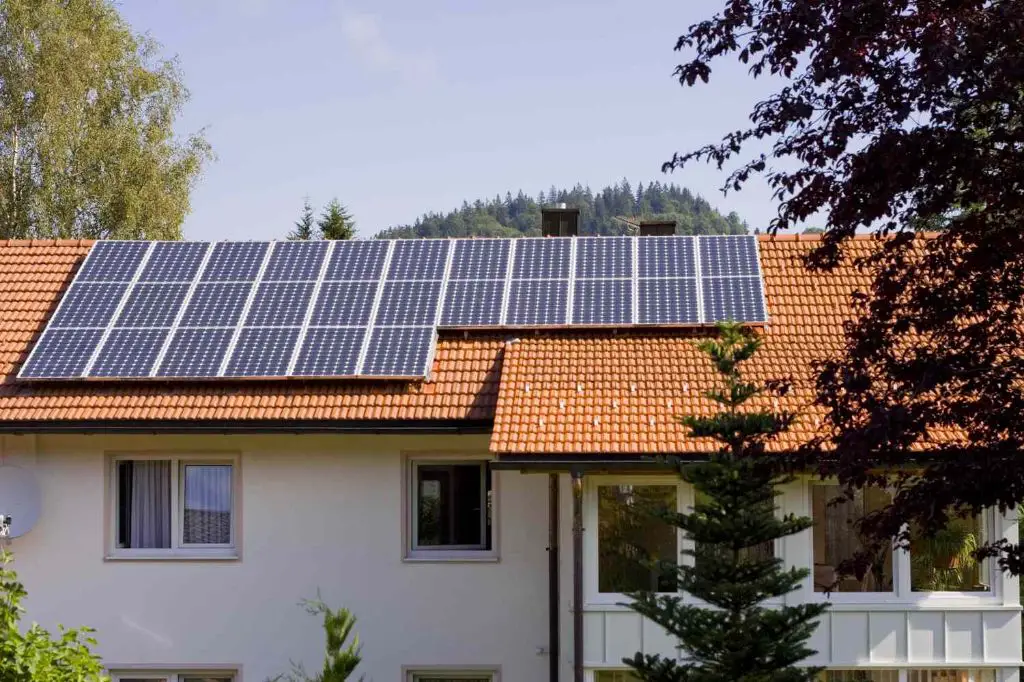
Off-grid power systems require regular maintenance to keep everything running smoothly. The maintenance requirements and costs will vary depending on the types of systems you have.
For solar panels, you’ll need to periodically clean off any dirt or dust that accumulates on the panels, as this can reduce their efficiency. Expect to clean them several times per year. Solar panels themselves require very little maintenance, but the batteries, charge controllers, and inverters that store and regulate the solar power may need more attention. These components should be inspected for faults or deterioration every 6-12 months.
Wind turbines need regular inspections, tightening of bolts, and lubrication of parts. The turbine blades may also need cleaning. Expect basic maintenance 1-2 times per year. Major maintenance like replacing brake pads or bearings may be needed every 5-10 years. Always follow the manufacturer’s maintenance guidelines.
Micro hydropower systems, especially the turbine and water channels, will need inspection and clearing of debris. The frequency depends on how much debris builds up in your water source. For small systems, expect basic maintenance every 3-6 months.
Biomass generators using wood or biofuels have many moving parts that require cleaning, lubrication, and inspection. Maintenance needs are similar to a standard gasoline or diesel generator. Expect maintenance every few hundred hours of operation.
Geothermal heat pump systems need minimal maintenance. The heat pump unit should be inspected annually. Underground piping will last for decades but may eventually need replumbing if a leak occurs.
Having an off-grid maintenance budget is important. Expect to set aside $200-500 annually for basic upkeep of small solar and wind systems. More complex systems with pumps, turbines, and generators may cost $1000+ annually. DIY maintenance can save on labor costs. Automated monitoring and control systems can provide alerts for any issues arising.
Conclusion
When living off the grid, there are several renewable options for generating your own electricity. Solar panels are a popular choice as they directly convert sunlight into electricity and require little maintenance. Small wind turbines can also harness wind energy, but require sufficient wind resources. Micro hydropower utilizes a stream’s flow to generate power, but depends on the water volume and velocity. Biomass systems burn plant matter to produce electricity, though fuel sourcing can be an issue. Geothermal taps into underground heat for steam-based energy, but has high upfront costs. Battery banks store excess electricity for use when renewable generation is low. With proper installation and maintenance, these systems can provide reliable off-grid power.
The future of off-grid living looks bright as renewable technologies improve and costs decline. With smart grid management and sufficient storage, 100% self-sufficient homes will become increasingly feasible. The independence and environmental benefits of off-grid power will appeal to many, though it requires effort and some sacrifices. With thoughtful preparation and the right combination of solutions, living sustainably off the grid is an attainable goal for more people.

